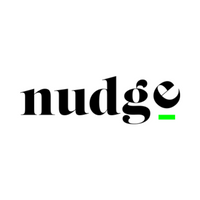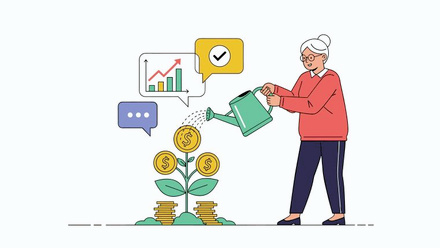7 benefits trends to expect to gather pace this year
Employee needs change, but there has never been a bigger shift in the history of people management than the fallout from Covid-19 and the economy.
To add to the turmoil, stress levels continue to grow, as do people’s wellbeing and health challenges.
Hybrid working is affecting engagement and communicating with a fragmented workforce continues to frustrate employers. As people expect better and more personalised experiences as customers, the same, if not more, is expected at work.
The question is, what can businesses, in particular HR and Reward teams, do to thrive in 2023? Start by staying current on the latest benefits trends and giving employees support and benefits that matter to them.
Here are the biggest benefit trends set to hit this year.
1. Financial wellness
If you don’t have a financial wellbeing programme in place - or if it’s not on your radar - then you’re simply not supporting your employees’ wellness at all.
Inflation, cost of living and static salaries mean employees’ financial health cannot be overlooked this year. The numbers don’t make easy reading: 75% of people feel anxious about their finances, 58% of employees feel dispensable and disengaged employees have a 37% higher absenteeism and 18% lower productivity rate. Learning what to do with money is a necessity that must be addressed by employers.
2. Technology, data and personalisation are here to stay
Allow employees to choose the benefits they actually want. But don’t overwhelm them with choice. Data, insights and testing are the key ingredients to enable employees to successfully self-select some of their benefits, other than core ones such as pensions, healthcare and financial education.
Businesses with forward-looking reward teams have been testing personalisation and self-selection for years - with mixed results. But this year, the economy means business budget restraints, and a need for metrics that prove impact and return on investment.
Personalised benefits and communication are crucial for benefit teams, it’s just a matter of translating the data and insights.
3. Retirement and health conflict
In the past 60 years life expectancy has increased by 19 years. So too has retirement age. But the question is – are we fit to keep working?
A recent report from McKinsey has found that people are now spending more years in poor health than at any time in recent history. Good health means more than just absence of illness.
Strong employee health is vital to every business in the world.
Most organisations tend to cite employee health in their ESG commitments. Yet, while 66% of Fortune 500 companies publish sustainability reports, only about 4% published health impact reports.
4. DE&I lip service
Between 2015 and 2020, the number of employees worldwide with the title ‘head of diversity’ doubled, ‘director of diversity’ titles grew 75% and ‘chief diversity officer’ increased 68%. But when organisations make cuts, DE&I positions are first jobs to go.
As a result, employees are getting frustrated by the lack of commitment, which in turn is hitting retention and engagement. A diverse leadership team is the biggest factor in DE&I progress.
5. Cost-saving benefits
Since businesses are struggling to match salary expectations, there’s a bigger focus on benefits to plug salary limitations. There are different ways to cut benefit costs, like active enrolment, active all-year-round engagement and consumer-driven health plans. But perhaps the biggest cost-saving for employers is a well-executed wellness programme.
6. Wellness now includes careers
Businesses are extending support outside of the traditional health plan options to give better lifestyle spending accounts or even more extensive employee assistance programmes for anything from elderly care to neurodiversity support or legal issues.
When it comes to understanding what constitutes wellbeing, a lot has changed in the past couple of years. Aon’s recent global wellbeing report reveals 71% of businesses cited career development as an area of focus in their EVP. Career wellbeing has joined physical, emotional, financial and social wellbeing as an important element to be included as part of strategy.
7. Flexibility and fragmented communication
A recent report from Gartner revealed that hybrid working and flexibility are of top importance to employees right now. The question is, how do businesses engage and communicate with a fragmented and/or global workforce, particularly when research shows the rise of digital communication is linked to employee burnout?
But a lack of effective communication dismantles trust: 54% of remote and hybrid working employees say poor communication affects their trust in leadership and 52% say it affects trust in the team.
Strong employee communication is vital for success this year and it’s up to HR/compensation and benefits teams to bring all messaging together into a cohesive, personalised and strategic employee communication plan.
Employee benefit trends are a moving target, particularly as societal, health and economic pressures continue to change.
Supplied by REBA Associate Member, Nudge
A leading financial wellbeing benefit using behavioural science & technology to help employees.








